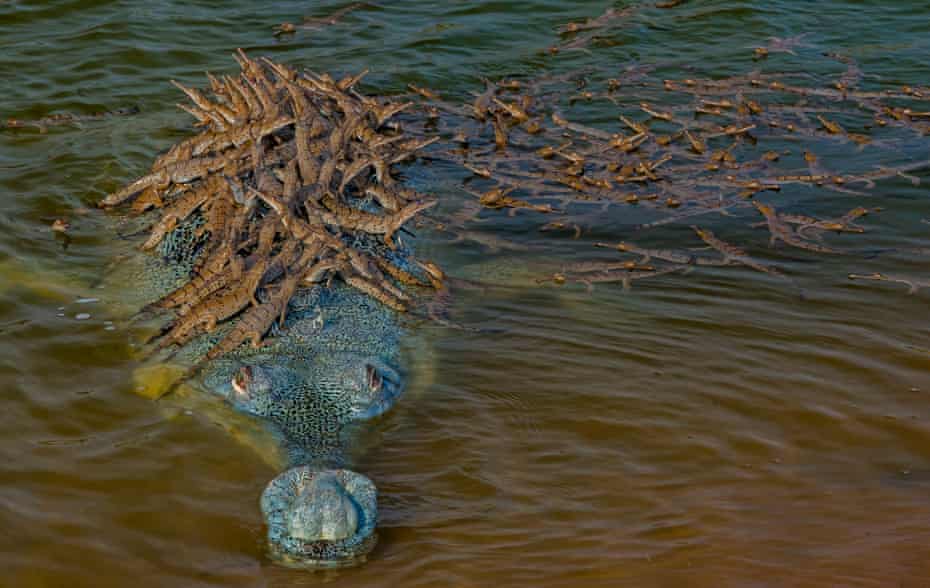Hello ladies and gents this is the Viking telling you that today we are talking about
Amazing facts about gharials
Learn all about these unique, but Critically Endangered, crocodilians.
1.What are gharials?
Are they crocodiles? Are they alligators? Are they dinosaurs? Well, gharials (Gavialis gangeticus) are none of these things.
Gharials are most closely related to crocodiles, as are their closest relatives, false or Malayan gharials (Tomistoma schlegelii).
However, gharials are the only species in the Gavialidae family and sit on their own long branch of the crocodilian tree of life which split from all other crocodilians perhaps more than 40 million years ago.
2.Why do gharials have an odd-looking snout?
Gharials are highly specialised predators and, although their snout might appear odd to us, it is perfectly adapted to capture the gharial’s favourite food, fish.
When male gharials reach sexual maturity, they develop a bulbous, fleshy growth on the tip of their snout. It is from this “ghara”, the Hindi word for a type of round pot, that gharials came to have their name.
3.How big are gharials?
Gharials are one of the biggest species of crocodilian. Male gharials can reach up to 6 metres in length! Though they typically reach around 4 metres long.
4.Are gharials good parents?
Gharials are perhaps the most dedicated parents of all reptiles. Females lay eggs in lots of nests close together and guard them from the river. When the eggs hatch, all of the hatchlings join together to form a large ‘creche’.
The females and the males then guard these creches from predators in the water and on the banks of the river. At the first sign of danger the hatchlings will rush to the safety of the nearest adult, often clambering onto their heads for protection.
5.Are gharials dangerous?
Gharials might be incredibly protective parents, but they are not typically a danger to humans. Gharials are very shy and will typically hide from humans.
However, there is a species of crocodile which shares the rivers with gharials, the mugger crocodile (Crocodylus palustris), which does occasionally attack humans.
And as always have a chilled day from the Viking

Comments
Post a Comment